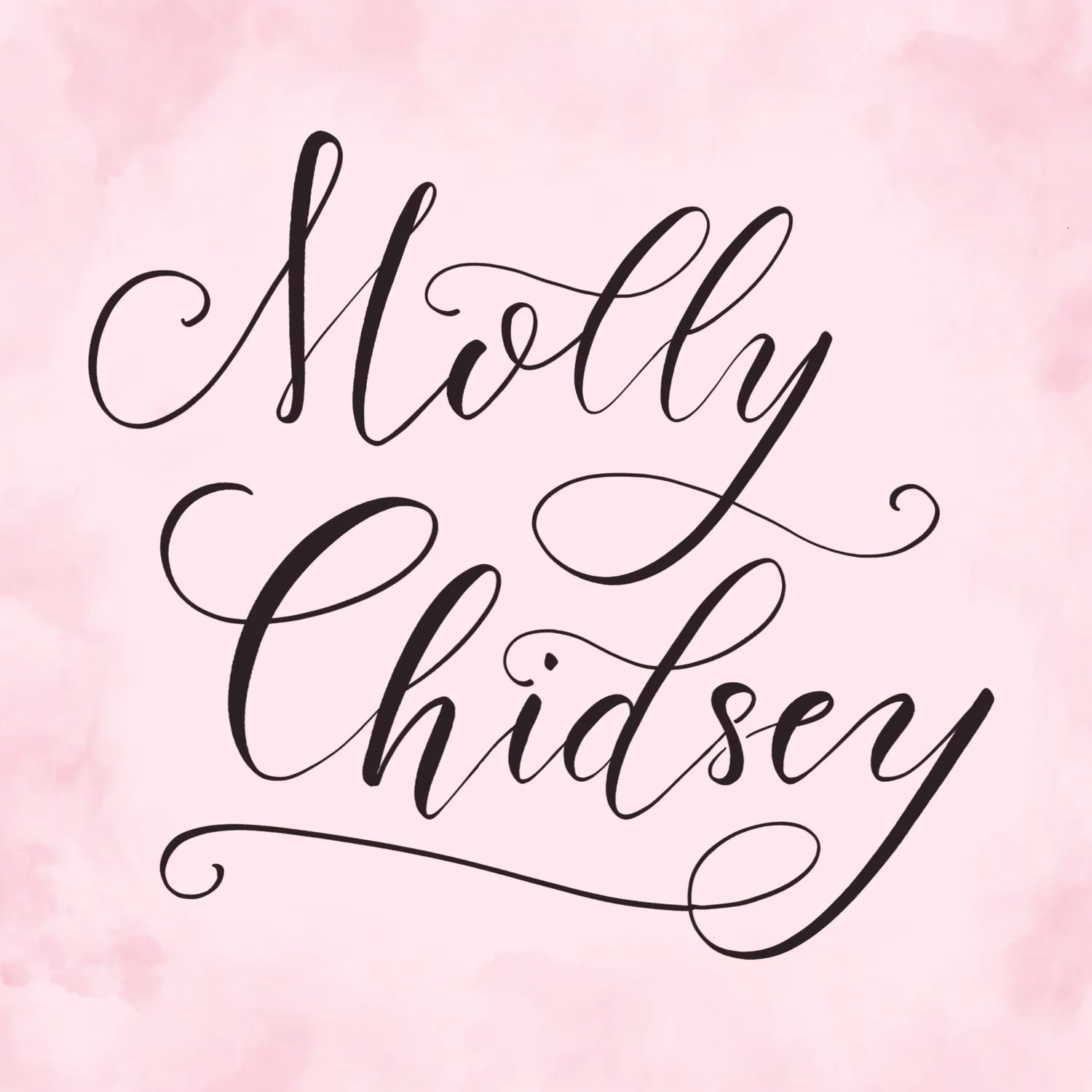An (Im)perfect Plan
A recovering perfectionist’s approach to daily planning
I was taught to make lists at the tender age of eight. In a moment of overwhelm, my mom helped me write down what I wanted to pack for a family vacation. That list made me feel calmer, more in control. Ever since then, I have been a devoted to-do list maker.
A bet.
Several years ago, a colleague and I talked about our love/hate relationship with our lists. We also identified our lists as a sort of crutch to our anxiety. We agreed to track the number of tasks on our daily to-do lists for a week, then report back on our average at the end of the week.
Our respective to-do lists included an average of 12 tasks per day. That was just the work-related items. We didn’t even track our personal and home/family items, that would be just too much.
Just. Too. Much.
We made a bet to reduce our list maximum to nine items per day (work-related tasks). It felt like a win at the time, but looking back on it, it gives me a yucky feeling.
Lists, lost.
When the pandemic hit, I felt totally unmoored. I was working full-time as a project manager, going to art school at nights and on weekends, and finding my way through chronic eye pain. I kept making lists, but they were sort of worthless as I triaged my way through each day.
In a moment of desperation, I bought a copy of The Bullet Journal Method book by Ryder Carrol. I read this book with a fervor that caused my highlighter to actually dry out. I decided to try it.
Enter: The Bullet Journal Method
Here’s what happened when I started Bullet Journaling each day.
Goals from my heart, not my head. I created a list of my values, and my personal goals. I was horrified to realize that my work goals were not on the list. At all. What was on the list? Make art, lots of it. And start an art business. What a WILD IDEA! I wrote it all down.
A Plan. I made a loose plan for how to work toward the most important goals, using Carrol’s method called “sprints.” What do you know? Over the next two years, I was able to finish art school AND start that art business.
A whole me. Most importantly, I started using my daily plan as a sort of synthesis for my life, which had felt split between work, art, and family. In one notebook, I wrote my daily list, my journal, my sketches, lettering practice, work notes, art school notes. EVERYTHING. I was going through a notebook every two months, but that was fine with me. I finally felt like one person, not like three people living three different lives, all competing for my focus and attention.
Ultimately, I have adapted this method a lot since I started using it, but I come back to it when I am feeling frazzled and unfocused.
Productivity vs. creativity
I have a note to myself in my studio, a reminder that Perfection does not equal prolific. As a recovering perfectionist myself, I have to remind myself daily that creating art is an act of embracing imperfection. I am a human creating art with my hands. Nothing in nature is perfect, why would I expect my art to be perfect?
Maybe a future version of my daily planning worksheet will include a section for “what do I want to CREATE today?” Leave me a comment below if you have an idea to add.
A gift: my personal Daily Planning Worksheet
After several years of adapting the Bullet Journal method to my own life and small business, I developed a template that I could use every day. It centers self-care and intentions.
I made it into a worksheet I could print and fill out. Now, when I sit down with my morning coffee, I pull out a fresh worksheet and fill it out.
Me in my studio, probably dreaming up a scheme I will sketch in my journal later.
Need someone in your corner?
Need some help planning your next Big Idea project? I got you covered.
I offer 1:1 coaching to help you get that great idea out of your head and into the world.
I understand the importance of asking for help, while at the same time respecting your unique creative process.
As your planning coach, I will help you structure your project to ensure that you can finish it and give it to the world.
The world needs our creative vision, and that requires a little planning.
Resources
Archer & Olive Notebooks: I am hooked on their dot-drid notebooks for my sketchbooks and illustrated journals. The paper is smooth and thick, and can handle all sorts of media, including colored pencils, markers, even some watercolor.
The Bullet Journal Method, by Ryder Carrol: Get the book, go through the process. You won’t regret it.
P.S.
Do I do this every day? NO WAY. Just to be clear, this is a tool for making life easier, not harder. Life is hard enough as it is.
Not every day is a planning day, IMO. Writing this post was not on my list today. I just felt like writing it, so I did.
This post was updated July 30, 2025.





